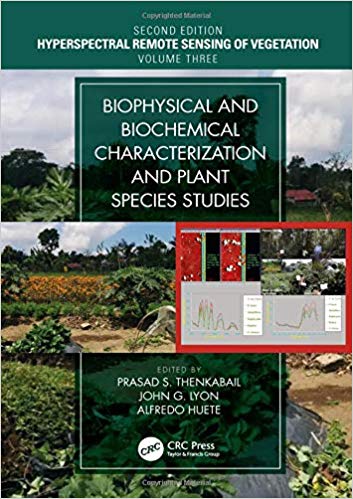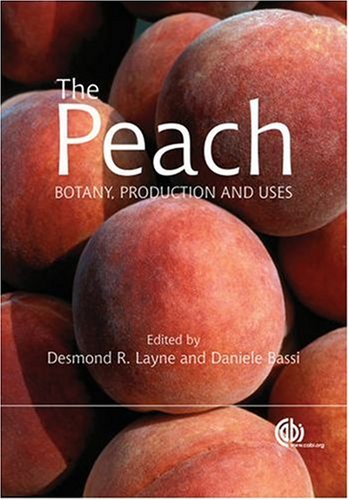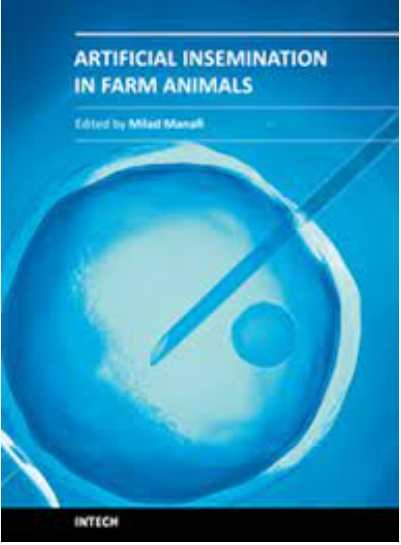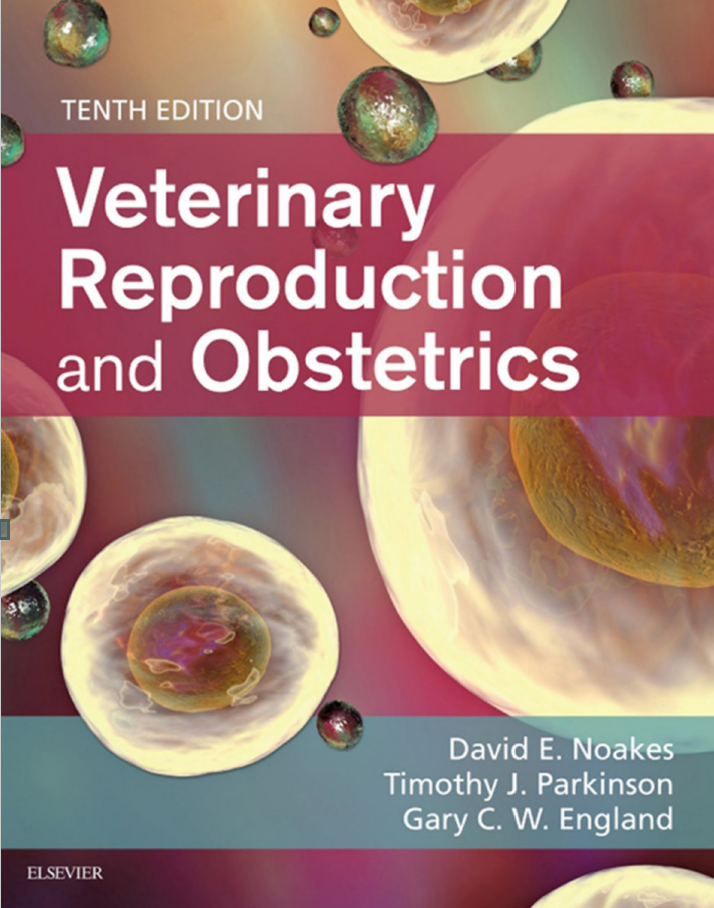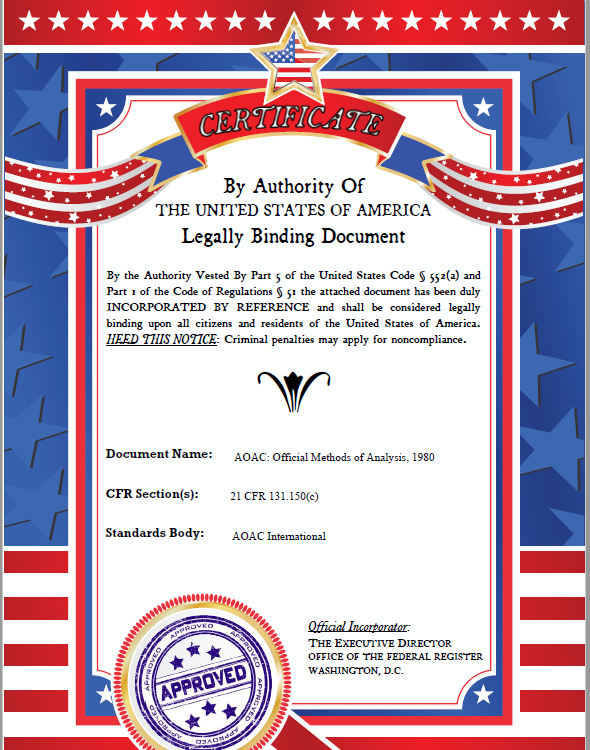Written by leading global experts, including pioneers in the field, the four-volume set on Hyperspectral Remote Sensing of Vegetation, Second Edition, reviews existing stateof- the-art knowledge, highlights advances made in different areas, and provides guidance for the appropriate use of hyperspectral data in the study and management of agricultural crops and natural vegetation.
Hyperspectral remote sensing or imaging spectroscopy data has been increasingly used in studying and assessing the biophysical and biochemical properties of agricultural crops and natural vegetation. Volume III, Biophysical and Biochemical Characterization and Plant Species Studies demonstrates the methods that are developed and used to study terrestrial vegetation using hyperspectral data. This volume includes extensive discussions on hyperspectral data processing and how to implement data processing mechanisms for specific biophysical and biochemical applications such as crop yield modeling, crop biophysical and biochemical property characterization, and crop moisture assessments. The concluding chapter provides readers with useful guidance on the highlights and essence of Volume III through the editors’ perspective.
Key Features of Volume III:
- Covers recent abilities to better quantify, model, and map plant biophysical, biochemical water, and structural properties.
- Demonstrates characteristic hyperspectral properties through plant diagnostics or throughput phenotyping of plant biophysical, biochemical, water, and structural properties.
- Establishes plant traits through hyperspectral imaging spectroscopy data as well as its integration with other data, such as LiDAR, using data from various platforms (ground-based, UAVs, and earth-observing satellites).
- Studies photosynthetic efficiency and plant health and stress through hyperspectral narrowband vegetation indices.
- Uses hyperspectral data to discriminate plant species and\or their types as well as their characteristics, such as growth stages.
- Compares studies of plant species of agriculture, forests, and other land use\land cover as established by hyperspectral narrowband data versus multispectral broadband data.
- Discusses complete solutions from methods to applications, inventory, and modeling considering various platform (e.g., earth-observing satellites, UAVs, handheld spectroradiometers) from where the data is gathered.
- Dwells on specific applications to detect and map invasive species by using hyperspectral data.
چکیده فارسی
نوشته شده توسط کارشناسان برجسته جهانی، از جمله پیشگامان در این زمینه، مجموعه چهار جلدی سنجش از دور فراطیفی گیاهی، ویرایش دوم، دانش پیشرفته موجود را بررسی می کند، پیشرفت های انجام شده در زمینه های مختلف را برجسته می کند، و راهنمایی برای استفاده مناسب از داده های فراطیفی در مطالعه و مدیریت محصولات کشاورزی و پوشش گیاهی طبیعی.
دادههای طیفسنجی تصویربرداری یا سنجش از دور فراطیفی به طور فزایندهای در مطالعه و ارزیابی ویژگیهای بیوفیزیکی و بیوشیمیایی محصولات کشاورزی و پوشش گیاهی طبیعی مورد استفاده قرار گرفتهاند. جلد سوم، ویژگیهای بیوفیزیکی و بیوشیمیایی و مطالعات گونههای گیاهی روشهایی را نشان میدهد که برای مطالعه پوشش گیاهی زمینی با استفاده از دادههای فراطیفی توسعه یافته و استفاده میشوند. این جلد شامل بحثهای گستردهای در مورد پردازش دادههای فراطیفی و نحوه اجرای مکانیسمهای پردازش داده برای کاربردهای بیوفیزیکی و بیوشیمیایی خاص مانند مدلسازی عملکرد محصول، خصوصیات بیوفیزیکی و بیوشیمیایی محصول و ارزیابیهای رطوبت محصول است. فصل پایانی از طریق دیدگاه ویراستاران، راهنمایی های مفیدی را در مورد نکات برجسته و ماهیت جلد سوم به خوانندگان ارائه می دهد.
ویژگی های کلیدی جلد سوم:
- تواناییهای اخیر را برای تعیین کمیت، مدلسازی و نقشهبرداری بهتر خواص بیوفیزیکی، بیوشیمیایی آب و ساختاری گیاهان پوشش میدهد.
- خواص فراطیفی مشخصه را از طریق تشخیص گیاه یا فنوتیپ توان عملیاتی خواص بیوفیزیکی، بیوشیمیایی، آب و ساختاری گیاه نشان میدهد.
- ویژگیهای گیاهی را از طریق دادههای طیفسنجی تصویربرداری فراطیفی و همچنین ادغام آن با دادههای دیگر، مانند LiDAR، با استفاده از دادههای پلتفرمهای مختلف (زمینی، پهپادها، و ماهوارههای رصد زمین) ایجاد میکند.
- بازده فتوسنتزی و سلامت گیاه و تنش را از طریق شاخصهای پوشش گیاهی باریک فراطیفی مطالعه میکند.
- از دادههای فراطیفی برای تمایز گونههای گیاهی و/یا انواع آنها و همچنین ویژگیهای آنها، مانند مراحل رشد، استفاده میکند.
- مطالعات گونههای گیاهی کشاورزی، جنگلها و سایر کاربریهای زمین\پوشش زمین را که توسط دادههای باند باریک فراطیفی در مقابل دادههای باند پهن چندطیفی ایجاد شده است، مقایسه میکند.
- راهحلهای کامل از روشها تا کاربردها، موجودی و مدلسازی را با در نظر گرفتن پلتفرمهای مختلف (مانند ماهوارههای رصد زمین، پهپادها، طیفسنجهای دستی) از جایی که دادهها جمعآوری میکنند، بحث میکند.
- بر روی برنامههای کاربردی خاص برای شناسایی و نقشهبرداری گونههای مهاجم با استفاده از دادههای فراطیفی تمرکز میکند.
ادامه ...
بستن ...
Ebook details:
عنوان: Hyperspectral Remote Sensing of Vegetation, Second Edition, Four Volume Set Biophysical and Biochemical Characterization and Plant Species Studies (Volume 3) (9781138364714)
نویسنده: Prasad S. Thenkabail, John G. Lyon, Alfredo Huete
ناشر: CRC Press; 2 edition (December 11, 2018)
زبان: English
شابک: 1138364711, 978-1138364714
حجم: 46 Mb
فرمت: True Pdf
ادامه ...
بستن ...
